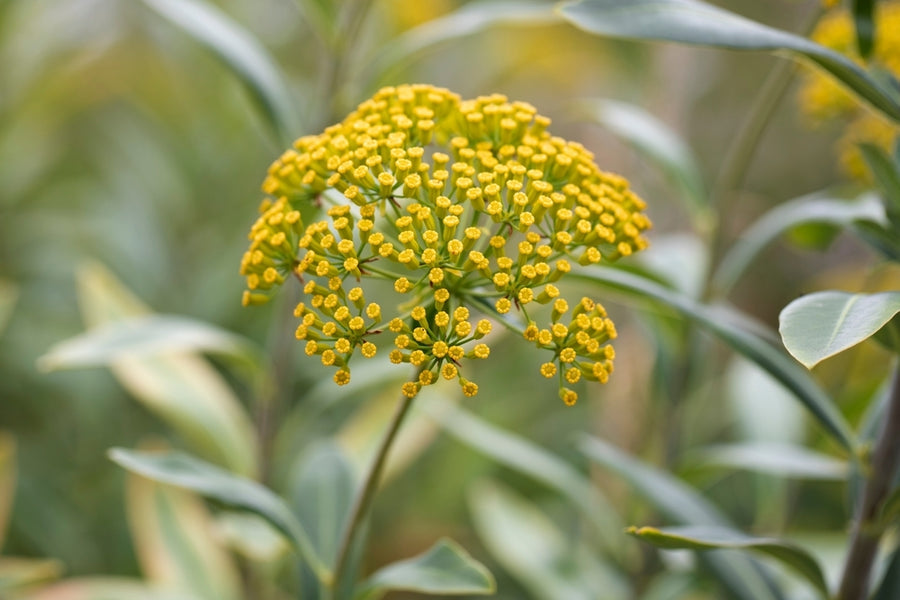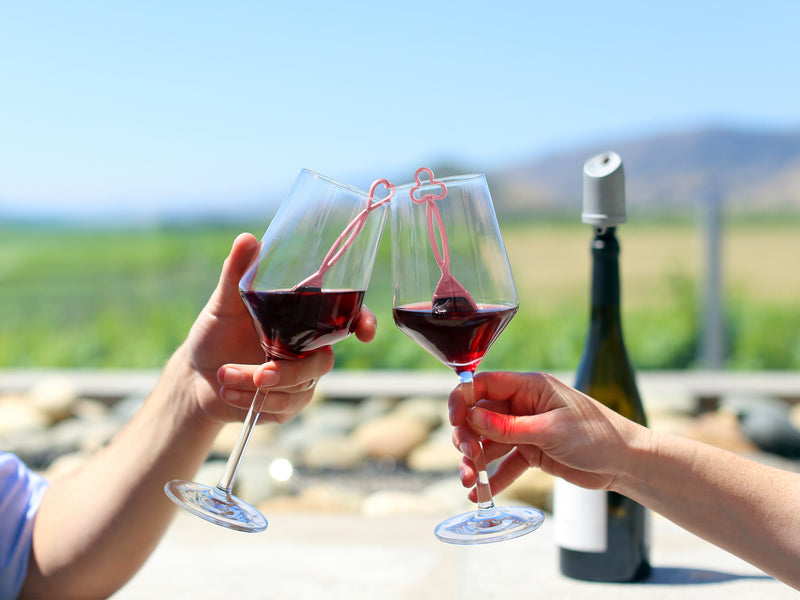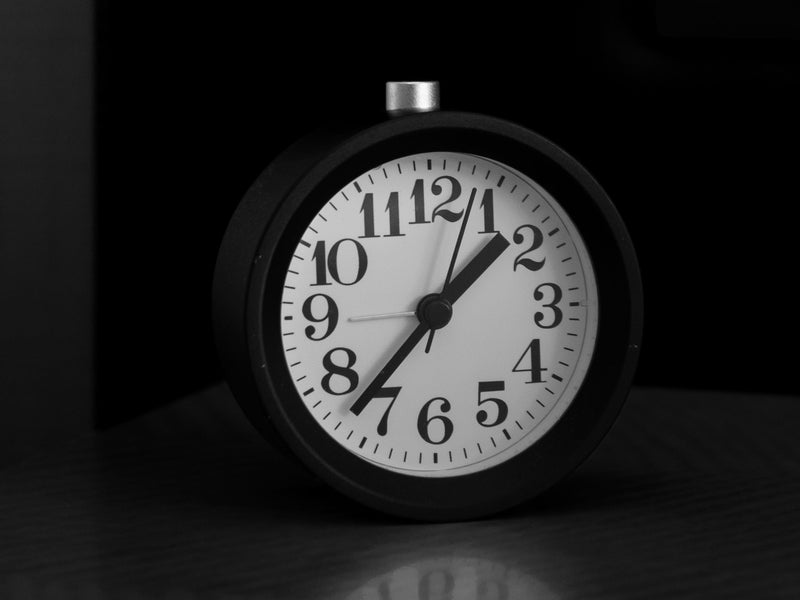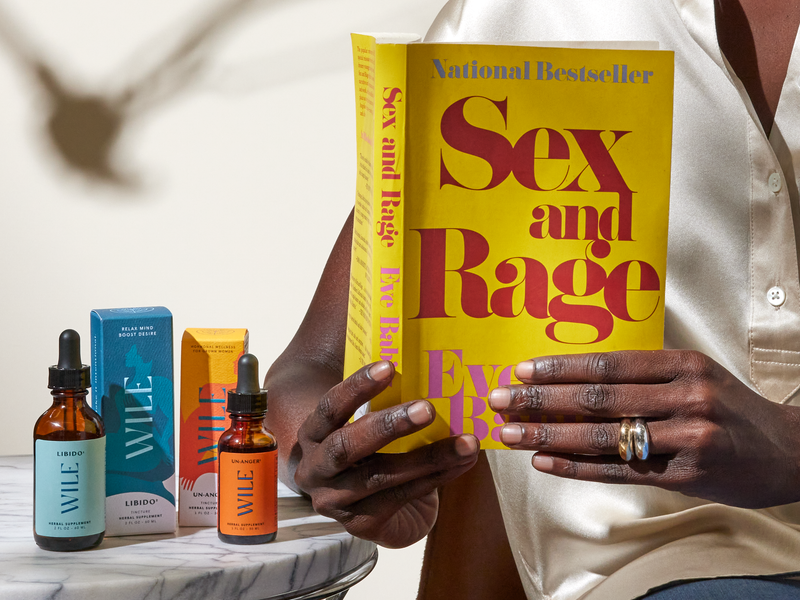Stress Eating Has Met Its Match
Heard of Ambien shopping? Stress snacking can go the same way. We’ve absolutely downed an unfair share of the office candy dish with zero recall of actually doing it.
Between the hormonal joy-rides after 40 and everyday life, stress snacking happens, disproportionally with women.
Enter bupleurum in our Stave the Crave herbal chai, which can help combat stress and stop emotional eating. This way you can be the one in control of your snacking habits, not your lizard brain.
Why We Love Bupleurum
A staple of Traditional Chinese Medicine, Bupleurum really shines when it’s taken with other herbs. This makes it an excellent example of how herbal medicine uses synergistic combinations of ingredients to make formulas that are more than the sum of their parts.
Key Benefits:
Women’s Stress Relief - Bupleurum is a stress relieving herb and has a long history as part of a traditional Chinese mood supplement called Xiaoyaosan. This concoction is made of bupleurum, chinese peony, dong quai, poria, ginger, licorice, chinese mint and bai zhu, and is commonly used to promote mental health and wellbeing. There’s even research showing that Xiaoyaosan has similar effects to common antidepressant and anti-anxiety medications.
Stop Emotional Eating - When we made our Stave the Crave drink mix, we knew addressing emotional eating from the source would be more impactful than just quenching cravings. Studies have shown that bupleurum and its common formulation, Xiaoyaosan, have the potential to reduce stress and decrease the sugar cravings that come along with it. We’ve paired bupleurum with gymnema sylvestre, another sugar craving-crushing herb, in Stave the Crave.
May Contribute to Healthy Blood Sugar - Stress eating and blood sugar spikes go together like chocolate and peanut butter — a little too well. Thankfully, there’s evidence that bupleurum can be part of balancing healthy blood sugar. This is especially important during perimenopause, when blood sugar spikes can throw hormones out of balance.
Traditional Uses:
Bupleurum has been used in Traditional Chinese Medicine for at least 2,000 years. Its uses include:
- Depression relief
- Pain relief
- Fever
- Inflammation
- Flu
- Cold
- Malaria
- Menstrual disorders
- Promoting Qi and yang energy
Korean & Japanese traditions have also used bupleurum for:
- Pain
- Fever
- Inflammation
About the Plant:
Bupleurum is a genus that contains many medicinal species. The name bupleurum comes from the latin for ox ribs because early scientists thought that the roots resembled rib bones. Other common names include chai hu, thorow wax and sickle-leaved hare’s ear.
Bupleurum has silvery leaves that grow around the stem and umbels with yellow-green, 5-petaled flowers. The roots are dried and ground up before being made into mood supplements and herbal remedies.
Found In (Wile Products)
- Stave the Crave stress relief chai
Things to Know about Bupleurum:
Bupleurum works on the liver and has a long history of medicinal use for liver conditions. Like many powerful ingredients, though, too much bupleurum can be dangerous. Be careful and talk to your physician before taking bupleurum if you have liver disease or are on liver medications.
Bupleurum is not recommended for pregnant and breastfeeding people.
Clinical Research
- Ashour, Mohamed L., and Michael Wink. “Genus Bupleurum: A Review of Its Phytochemistry, Pharmacology and Modes of Action.” Journal of Pharmacy and Pharmacology 63, no. 3 (March 1, 2011): 305–21. https://doi.org/10.1111/j.2042-7158.2010.01170.x.
- Feng, Yuchen, Hongbo Weng, Lijun Ling, Tao Zeng, Yun-Yi Zhang, Daofeng Chen, and Hong Li. “Modulating the Gut Microbiota and Inflammation Is Involved in the Effect of Bupleurum Polysaccharides against Diabetic Nephropathy in Mice.” International Journal of Biological Macromolecules 132 (July 1, 2019): 1001–11. https://doi.org/10.1016/j.ijbiomac.2019.03.242.
- Gao, Xiaoxia, Xing-Yu Zheng, Zhenyu Li, Yu-Zhi Zhou, Haifeng Sun, Li-Zeng Zhang, Xiaoqing Guo, Guanhua Du, and Xue-Mei Qin. “Metabonomic Study on Chronic Unpredictable Mild Stress and Intervention Effects of Xiaoyaosan in Rats Using Gas Chromatography Coupled with Mass Spectrometry.” Journal of Ethnopharmacology 137, no. 1 (September 1, 2011): 690–99. https://doi.org/10.1016/j.jep.2011.06.024.
- Ji, Ya-Fei, Jie Luo, Jiuseng Zeng, Yang Fang, Rong Liu, Fei Luan, and Nan Zeng. “Xiaoyao Pills Ameliorate Depression-like Behaviors and Oxidative Stress Induced by Olfactory Bulbectomy in Rats via the Activation of the PIK3CA-AKT1-NFE2L2/BDNF Signaling Pathway.” Frontiers in Pharmacology 12 (April 15, 2021). https://doi.org/10.3389/fphar.2021.643456.
- Law, Betty Yuen Kwan, Mo Jingfang, and Vincent Wai-Sun Wong. “Autophagic Effects of Chaihu (Dried Roots of Bupleurum Chinense DC or Bupleurum Scorzoneraefolium WILD).” Chinese Medicine 9, no. 1 (September 11, 2014). https://doi.org/10.1186/1749-8546-9-21.
- Lun, Zheng. “A Study on the Antidepressant Effect of Danzhi Xiaoyao Powder.” African Journal of Traditional, Complementary and Alternative Medicines 11, no. 1 (October 28, 2013). https://doi.org/10.4314/ajtcam.v11i1.32.
- Wang, Ya-Ting, Xiao-Le Wang, Zhen-Zhen Wang, Lan Lei, Die Hu, and Yi Zhang. “Antidepressant Effects of the Traditional Chinese Herbal Formula Xiao-Yao-San and Its Bioactive Ingredients.” Phytomedicine 109 (November 1, 2022): 154558. https://doi.org/10.1016/j.phymed.2022.154558.
- Yang, Fude, Xiaoxv Dong, Xingbin Yin, Wenping Wang, Longtai You, and Jian Ni. “Radix Bupleuri: A Review of Traditional Uses, Botany, Phytochemistry, Pharmacology, and Toxicology.” BioMed Research International 2017 (May 16, 2017): 1–22. https://doi.org/10.1155/2017/7597596.
- Yuan, Bochuan, Rui Yang, Yongsheng Ma, Shan Zhou, Xiaodong Zhang, and Ying Liu. “A Systematic Review of the Active Saikosaponins and Extracts Isolated from Radix Bupleuri and Their Applications.” Pharmaceutical Biology 55, no. 1 (December 1, 2017): 620–35. https://doi.org/10.1080/13880209.2016.1262433.
Sources
- Memorial Sloan Kettering Cancer Center. “Bupleurum,” June 1, 2022. https://www.mskcc.org/cancer-care/integrative-medicine/herbs/bupleurum.
- Morrison, Shavonne. “What Is Bupleurum? Benefits, Downsides, and Effectiveness.” Healthline, June 28, 2021. https://www.healthline.com/nutrition/bupleurum.
This article is intended for informational purposes and is not intended to replace a one-on-one medical consultation with a professional. Wile, Inc researches and shares information and advice from our own research and advisors. We encourage every woman to research, ask questions and speak to a trusted health care professional to make her own best decisions.




